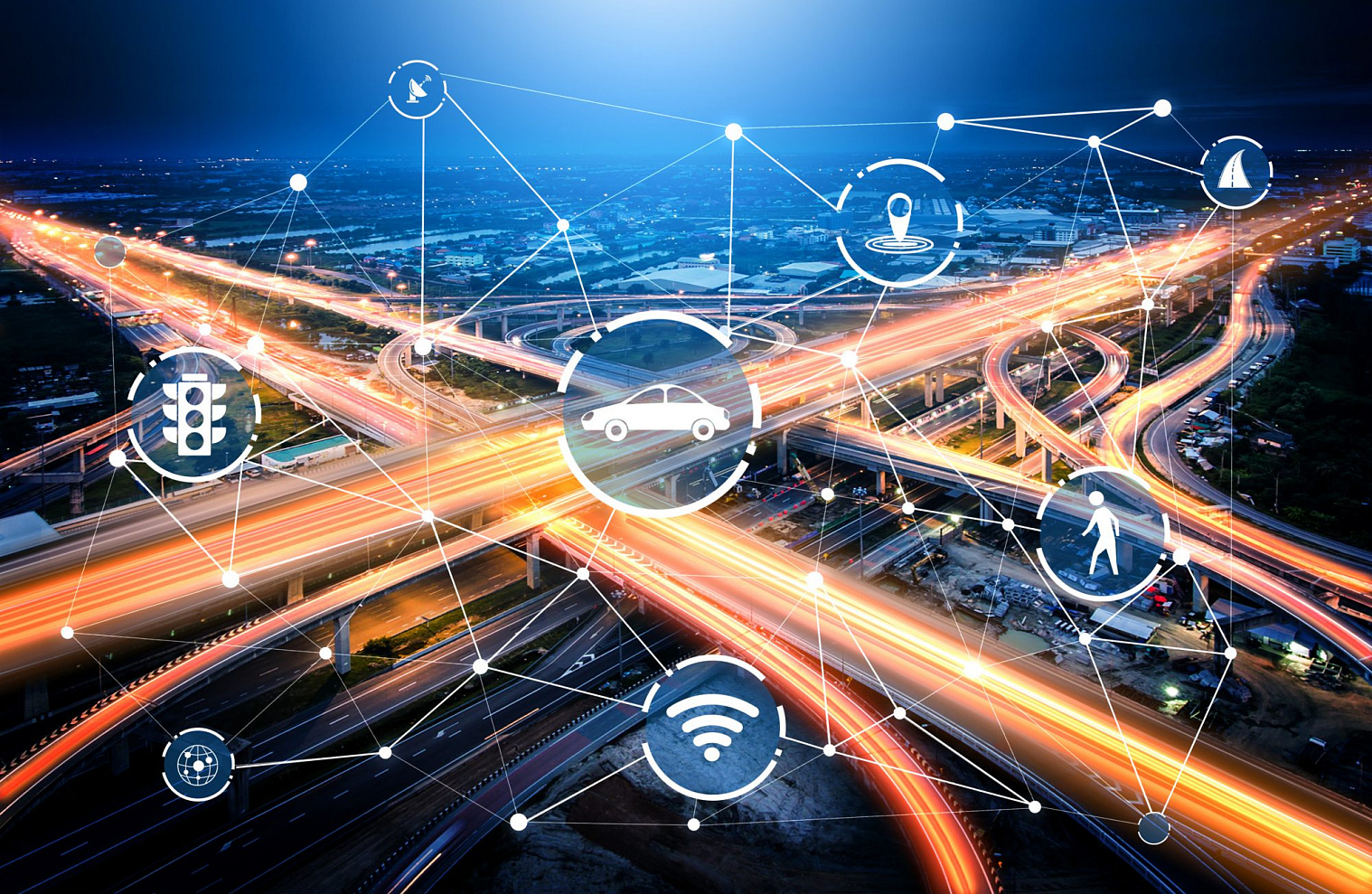How Does AI Enhance Security in Public Transportation Systems?

Public transportation systems are vital to daily life, helping millions travel efficiently and affordably. However, ensuring the safety of passengers and staff in these systems has always been a challenge.
That’s where AI comes into play. AI-based computing systems are revolutionizing public transportation security by offering real-time monitoring, predictive analytics, and automated responses to potential threats.
According to a report, AI algorithms can analyze vast amounts of data to predict potential hazards and safety issues in public transportation. These systems use data from various sources, such as weather forecasts, traffic patterns, and historical incident data, to anticipate and alert operators about potential safety risks.
Here, we’ll explore how AI enhances public transportation security, making it safer for everyone.
1. AI-Powered Surveillance Systems Improve Security
One of the most significant ways AI is improving security is through surveillance. For example, AI computer systems with advanced processing capabilities can analyze live camera feeds in real time, spotting suspicious activities far faster and more accurately than human operators.
Unlike traditional CCTV, which relies on humans to monitor hours of footage, AI computers can automatically flag unusual behaviour, such as unauthorized access or violent actions, and alert security personnel instantly. This allows authorities to respond quickly and prevent incidents before they escalate.
Moreover, travel agencies can implement AI in transport to achieve a more reliable system. This will provide better service to passengers and maintain a higher safety standard.
- Enhanced detection: AI cameras connected to AI computers can precisely identify unusual behaviour, such as loitering or entering restricted areas.
- Threat identification: These systems can detect risks like abandoned bags or unattended objects, which are common security concerns.
- Real-time tracking: AI computers enable seamless tracking of people’s movement, making monitoring crowded or high-risk areas easier.
By leveraging the advanced capabilities of AI computers, surveillance systems are setting new standards in security and threat prevention.
2. Predictive Analytics for Threat Detection
Another important aspect of AI in public transportation security is its predictive capabilities. AI computer systems can analyze data from various sources, such as ticket sales, historical trends, and social media, to predict potential security threats.
For example, it can detect patterns indicating that a certain route or station might be at higher risk for disturbances or accidents, enabling authorities to take preventive measures in advance.
- AI can spot patterns of behaviour linked to criminal activity, helping authorities prevent crimes before they happen.
- Predictive analytics can identify high-risk locations, allowing for targeted security presence.
- It helps authorities allocate resources more efficiently, covering the most vulnerable spots.
3. Facial Recognition Technology Identifies Potential Threat
Facial recognition is another cutting-edge AI technology used to enhance public transportation security. AI systems can identify potential threats in real time by comparing faces captured by cameras with databases of known criminals or people of interest.
This technology helps authorities swiftly manage security situations, like preventing banned individuals from entering transportation networks.
- It can quickly match faces to security databases, improving the speed of threat identification.
- AI-powered facial recognition systems improve public safety by identifying potential suspects.
- It helps reduce human errors that may occur in manual identification processes.
4. Automated Emergency Response
When an emergency happens, every second counts. AI is vital in speeding up response times by automating emergency protocols.
For instance, AI computer systems can instantly analyze security data, determine the severity of an incident, and trigger automatic alerts to first responders or security teams. It can also guide evacuation procedures, manage crowd control, and even close off certain areas to limit access during a crisis.
- AI can trigger automatic lockdowns or open emergency exits during a crisis.
- It helps coordinate with emergency services by sending real-time information about the situation.
- AI systems can manage public address systems, alerting passengers of necessary actions during emergencies.
5. AI-Enhanced Communication Systems
Effective communication during a crisis is essential. AI can enhance communication systems within transportation networks by analyzing data and instantly relaying important information to passengers and staff.
It can push alerts through digital signage, mobile apps, or public address systems, ensuring everyone receives critical updates. AI can also identify passengers needing help, such as those with disabilities or older passengers, offering assistance when necessary.
- AI can relay important security information to passengers via mobile apps and digital signage.
- It helps ensure passengers are informed and follow safety protocols during emergencies.
- AI systems can prioritize emergency alerts, ensuring the most relevant information reaches the right people.
6. Monitoring Employee Behavior for Safety
AI is also used to monitor the behavior of employees within the transportation system. It’s essential for staff to adhere to security protocols to keep passengers safe. AI systems can monitor employees in real-time to ensure they’re following safety procedures, such as checking tickets or enforcing rules.
Any irregularities can be flagged for further review, helping prevent potential security breaches or operational inefficiencies.
- AI can monitor staff performance to ensure adherence to safety protocols.
- It helps improve operational efficiency by reducing human errors.
- AI systems can provide real-time feedback to employees, improving overall safety.
7. Crowd Management and Social Distancing
In busy transportation hubs, crowd management is crucial for safety. AI helps authorities monitor crowd density in real-time, ensuring that stations and vehicles aren’t overcrowded. This reduces the risk of accidents and ensures that social distancing rules are followed, especially during public health crises like the COVID-19 pandemic.
AI computer systems can analyze crowd movement patterns and suggest adjustments to schedules, entrances, and exits to maintain smooth operations.
- AI systems can measure crowd density, alerting authorities when certain areas become too crowded.
- It ensures passengers maintain social distance in high-traffic areas.
- AI helps optimize the flow of passengers, reducing congestion in busy transportation hubs.
8. Integrated Security Systems Across Networks
Public transportation often involves multiple modes of transport, like buses, trains, and subways, all working together. AI enables these systems to be integrated, providing a seamless approach to security across different transportation networks.
These systems can synchronize surveillance data, track passenger movement, and predict security issues across an entire network, ensuring that all transport modes are operating safely and efficiently.
- AI integrates data from multiple transportation modes for a unified security approach.
- It allows for seamless monitoring and coordination between different security systems.
- AI ensures no part of the network is left vulnerable to security threats.
Conclusion
AI is truly transforming the way public transportation systems handle security. From real-time surveillance to predictive analytics, AI is making travel safer for everyone. By automating processes, enhancing communication, and providing valuable insights, AI ensures that incidents are prevented before they escalate, rather than simply responding to them after the fact.
AI is not just a tool for improving efficiency; it’s an essential part of a safer transportation experience. By leveraging AI’s capabilities, public transportation systems can enhance safety, protect passengers, and create a more efficient, secure environment for everyone who relies on these services daily.



